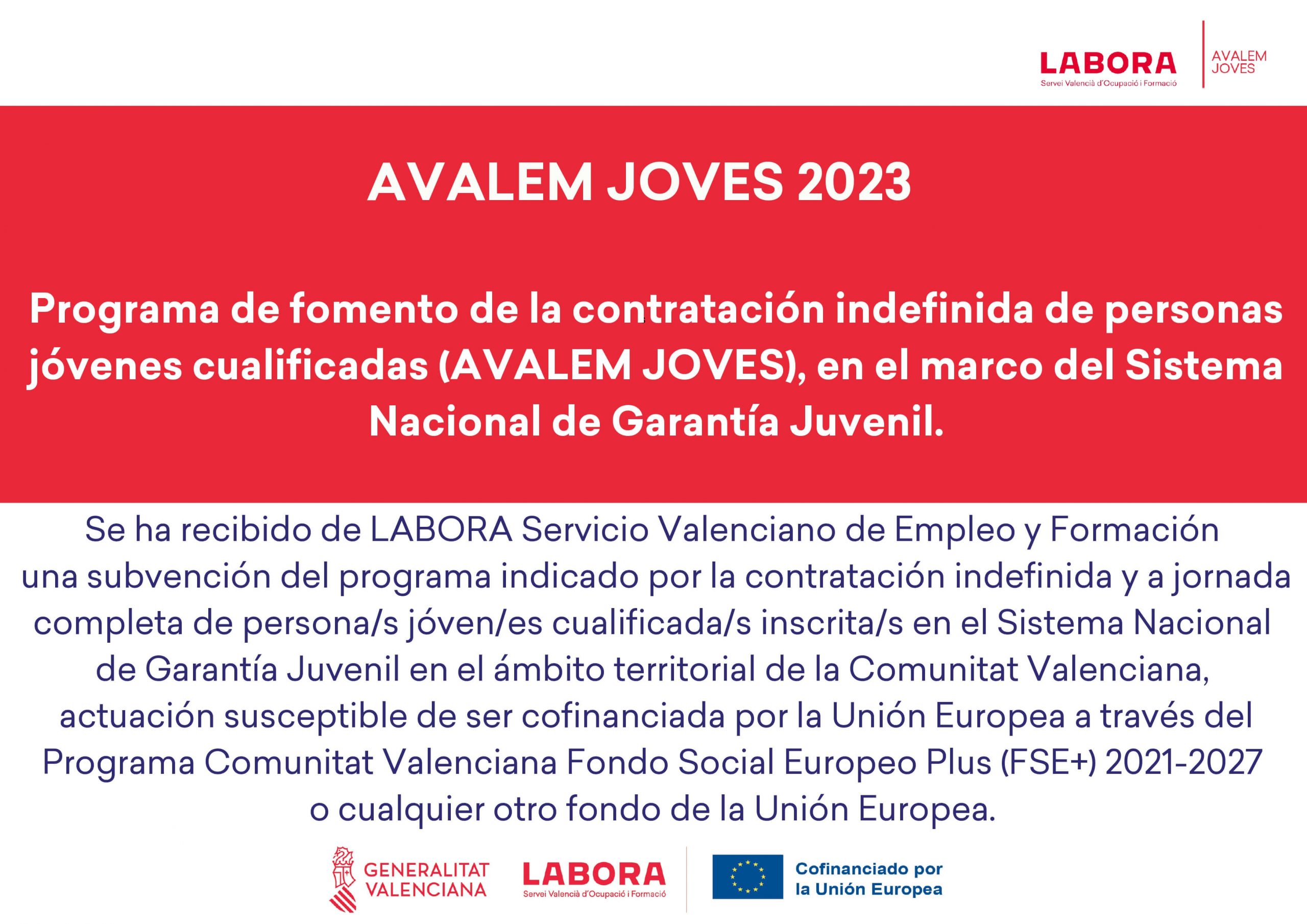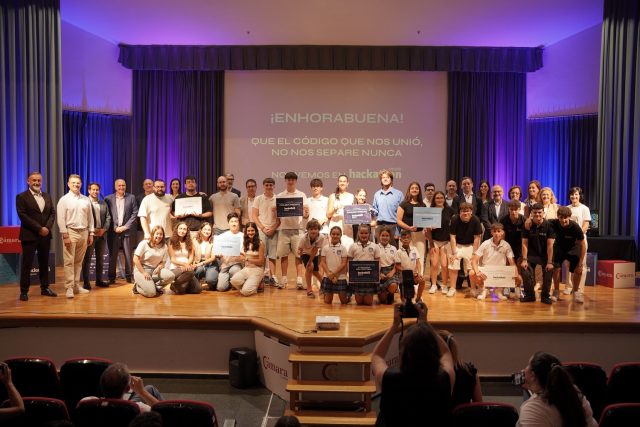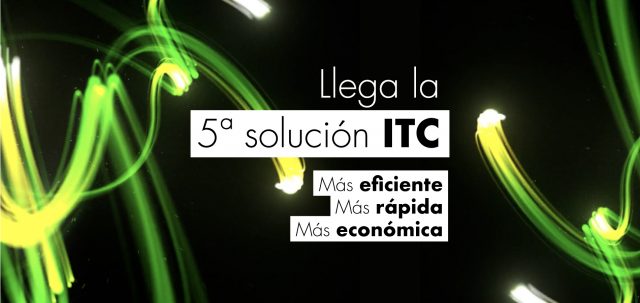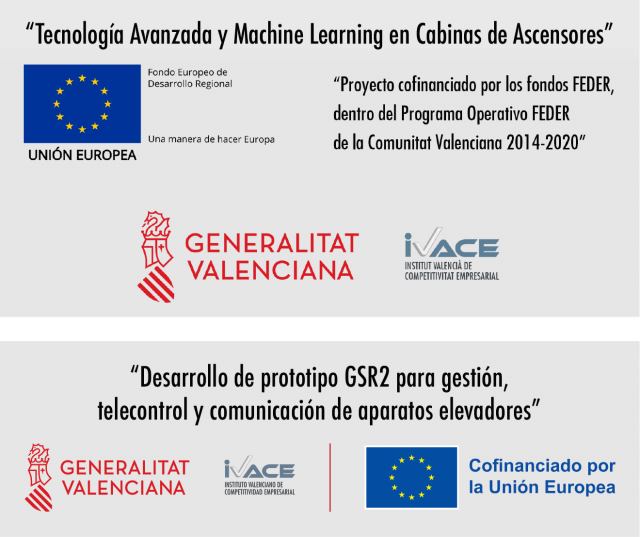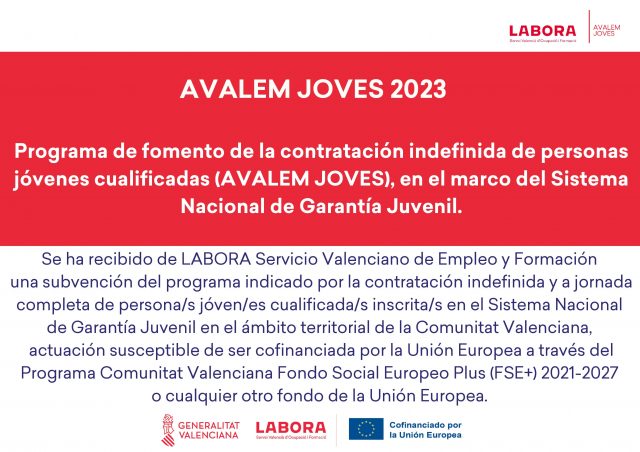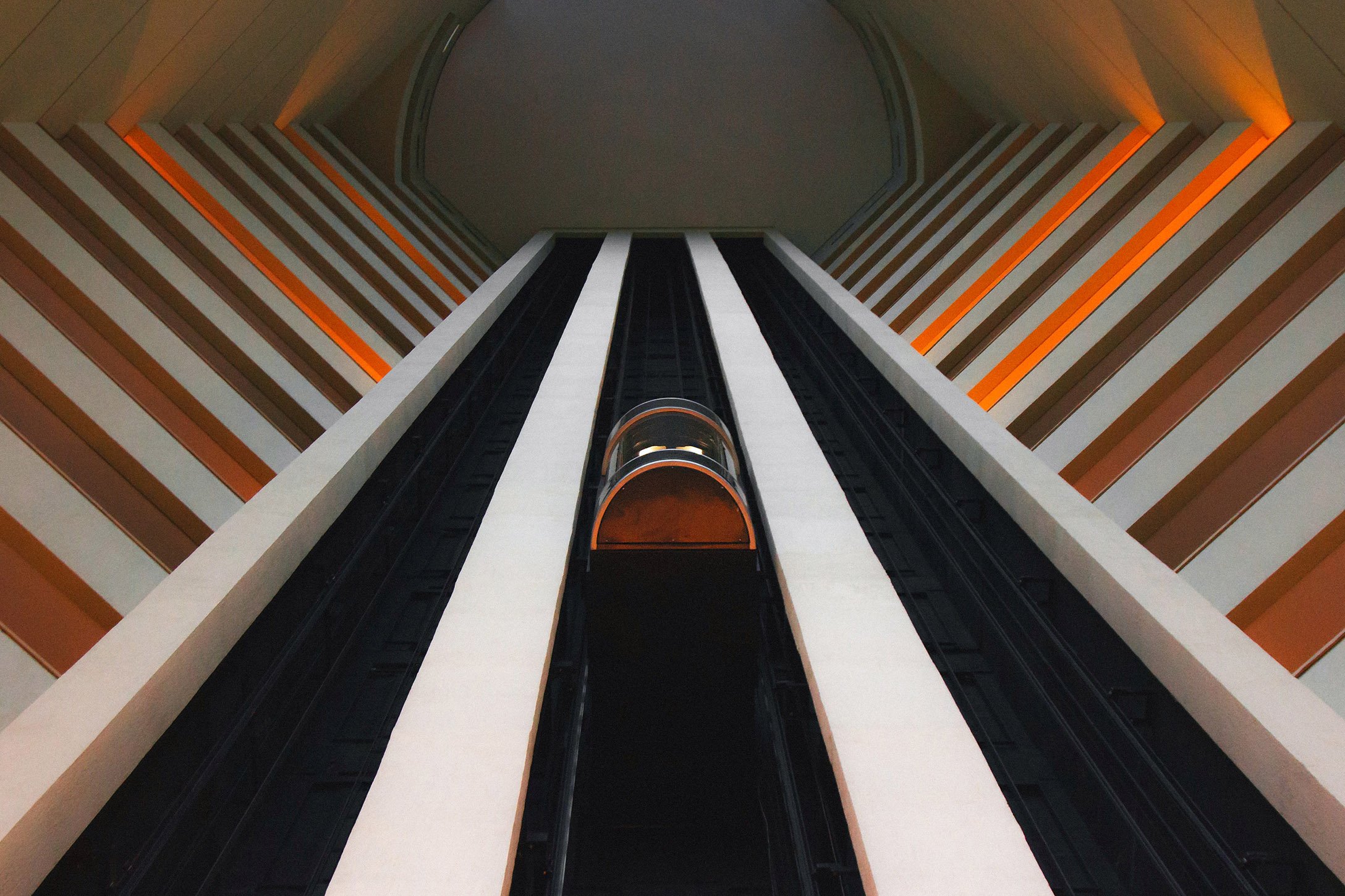

The evolution and shape of our cities have been conditioned by the elevator, an element that has allowed us to grow vertically. Nonetheless, the growth in height of the buildings did not develop until Elisha Graves Otis’ invention, a safety device that prevented the elevator car from falling into the void. This component was essential for the construction of the f irst skyscrapers and even modif ied the layout of the buildings.
The elevator is a mean of transport not only comparable to the metro or bus. It has contributed to its development by allowing a higher concentration of population in a smaller area, a key aspect to achieve its efficiency. Undeniably, living in areas with low population density, such as suburban areas has benefits due to the proximity to nature, more space, and privacy. However, urban density has an inversely proportionate relation to the need for travel and with it to the use of private vehicles. Living in areas where shops, stores and jobs are located at a shorter distance or are connected to public transport implies driving less and consuming less energy per inhabitant. As a result, David Owen concluded in his article Green Manhattan that this city was a utopian ecological community.
The use of the elevator as a facilitator of the vertical development of cities compared to other means of transport has the advantage that it is a shared and an electric element that does not produce CO2 emissions in urban centres. However, it affects energy consumption. Such was the case that according to thyssenkrupp, buildings consume approximately 40% of global energy and 10% of this is attributed to the lifts [1]. Nevertheless, the evolution towards efficient transport not only involves the reduction of energy consumption but also the optimization of its use to be available when needed, minimizing waiting and repairing times.
On the one hand, it is necessary to reduce the time users spend on their journeys and waiting for the elevator. According to the survey carried out by IBM [2], the number of office workers in USA main cities invested over a year the equivalent of 33 years using the lift, and 92 years waiting to use this mean of transport. On the other hand, elevators spend approximately 190 million hours unavailable due to breakdowns or maintenance tasks [3]. This does not only affect the repairing costs that maintainers and users have to assume but not foreseeing these failures increases the chances of getting stuck and the time spent on repairs. This, linked to the fact that most of the Spanish buildings only have one elevator, produces an unsatisfactory user experience.
We begin to see a trend of change in achieving instrumented and interconnected systems to make the elevators more efficient and user friendly, in which they know wherever we are going to, without even pressing a button, and maintenance and repair times are scheduled to not interfere with their normal use. Nevertheless, we are still far from those long-awaited Smart Buildings that make life easier for us. IBM showed that buildings were anchored in the past with the cost in productivity and time that this implies.
Technological advances in IoT (Internet of Things) and AI (Artificial Intelligence) are beginning to play an important role in solving city challenges. This progress in the elevator sector is already allowing us to take the first steps towards a predictive maintenance model to anticipate future failures. A type of maintenance based on the direct analysis of machinery parameters to calculate the moment of system failure, thus, minimizing the number and cost of stops dedicated to maintenance work.
The application of IoT devices such as GSR (Gsm Smart Router) from Nayar Systems that transmit information regarding the lift controller and warn about failures is essential for data collection. In the future, this system will allow the creation of probabilistic failure models.
The application of new technologies to the elevator sector will allow the integration with other intelligent systems to bring this service to the needs of the market. Getting the elevator ready when we need it, identifying where we are going to or showing us personalized content will be the steps towards improving the user experience. Additionally, all this will be linked to greater energy efficiency and the reduction of costs of maintenance services.
B. Escandell · Nayar Systems Project Department
[1] Thyssenkrupp. (2017, May 9). Net-Zero Energy Elevator [Press release].[2] IBM. (2010, April). Smarter Buildings Survey. Consumers Rank Their Office Buildings.
[3] Hiesinger, H. (2017, September 15). Innovation helps cities master growth vertically. Shanghai Daily.


